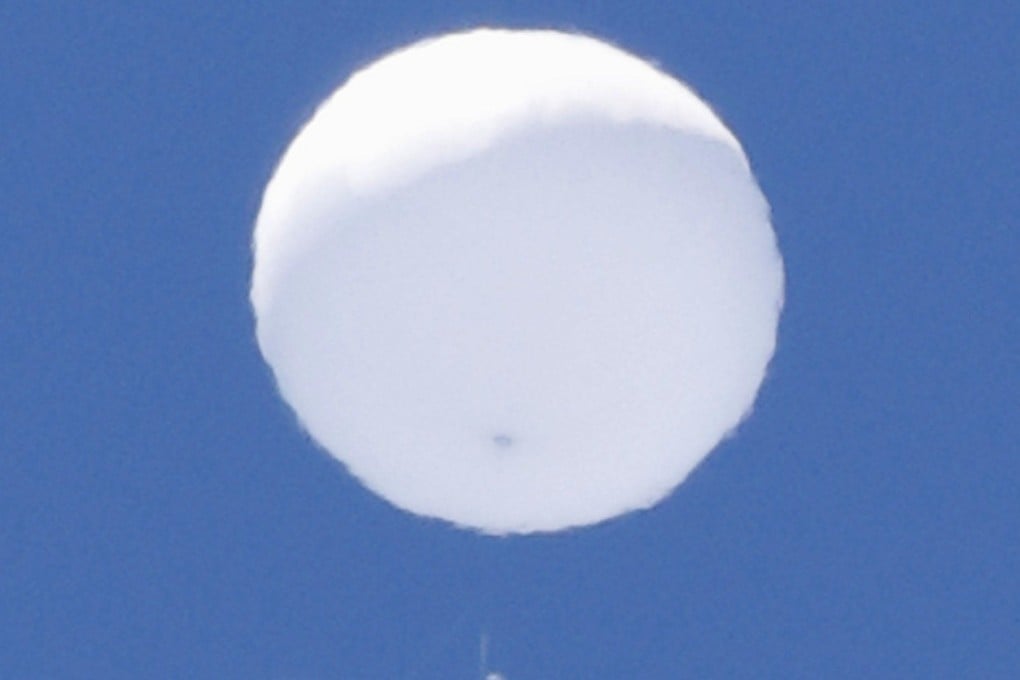Japan says it has ‘legal right’ to destroy any foreign balloon as it probes reports of past sightings
- Japan’s defence minister said under existing laws, that it would have the legal right to destroy any balloon that intrudes into its domestic airspace
- Tokyo is investigating if balloons, similar to the Chinese one shot down over the US, may have been used to probe Japan’s defences in the past

Defence Minister Yasukazu Hamada said on Tuesday under existing laws, Japan would have the legal right to destroy any balloon that intrudes into its domestic airspace.
Japan is concerned because some weather models indicated it crossed into its territory before traversing the Pacific Ocean, and that other balloons may have been used to probe Japan’s defences in the past or may be used for the same reason in the future.
Deputy Chief Cabinet Secretary Yoshihio Isozaki said in a press conference on Monday that Tokyo had opened a probe over past balloon sightings over Japan, with similar aircraft reported in a number of northern locations, including the city of Sendai in June 2020. There were similar sightings over Aomori Prefecture in September 2021.
